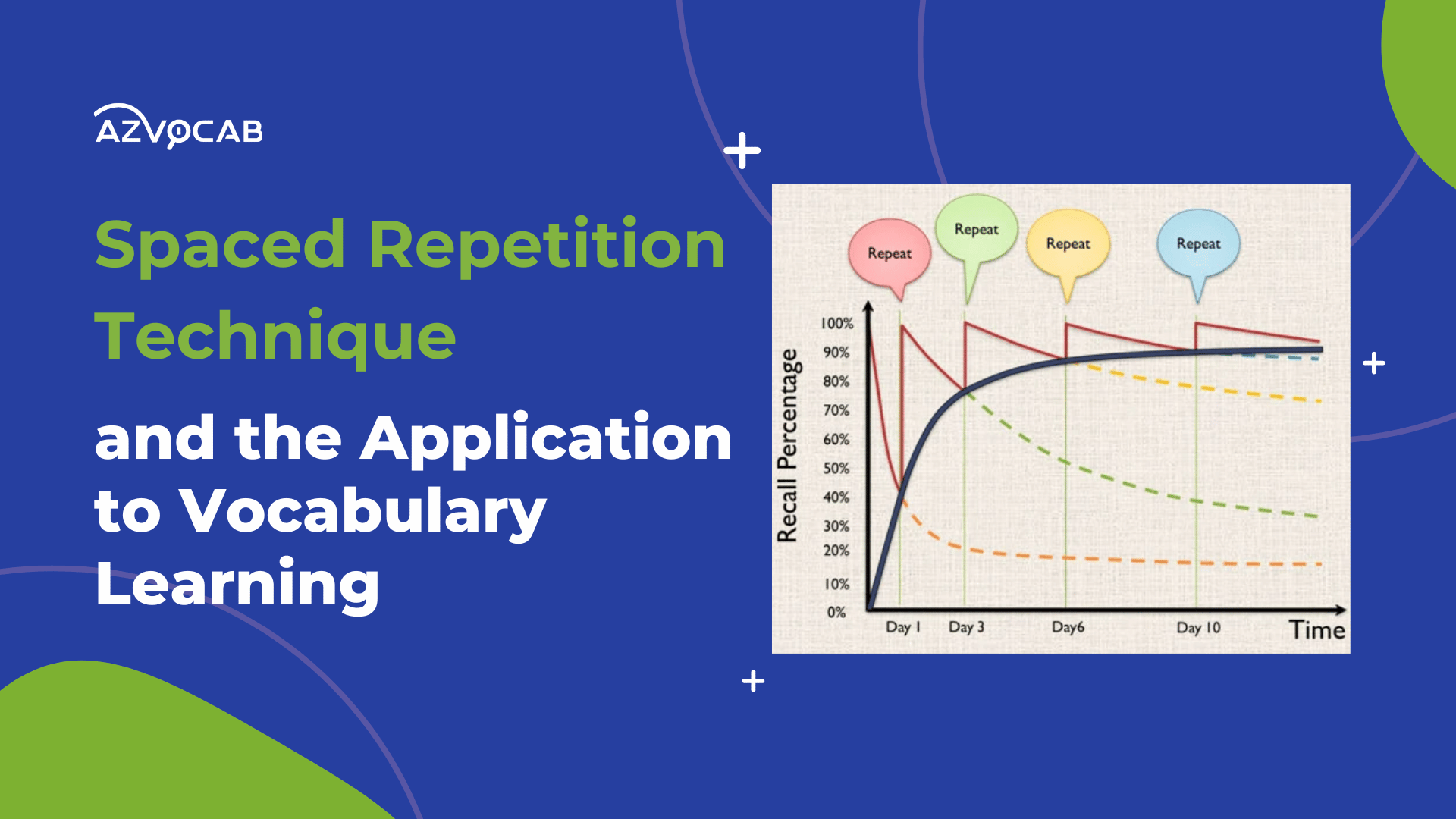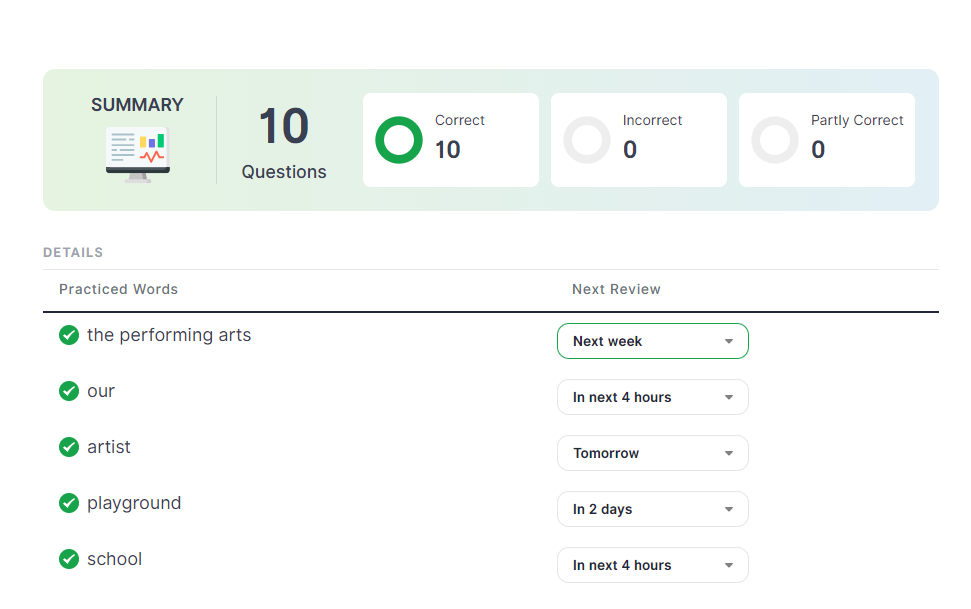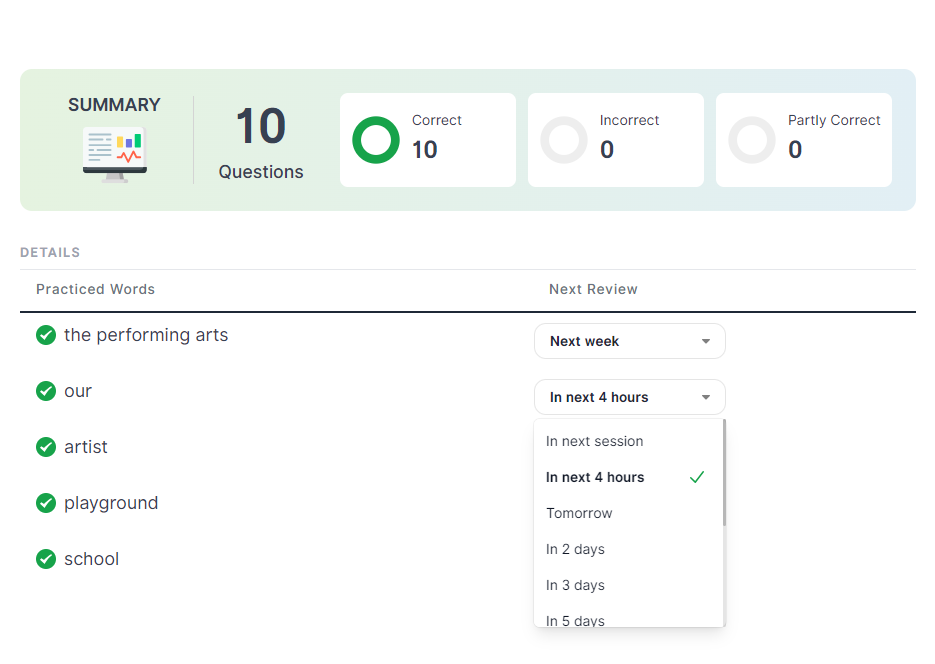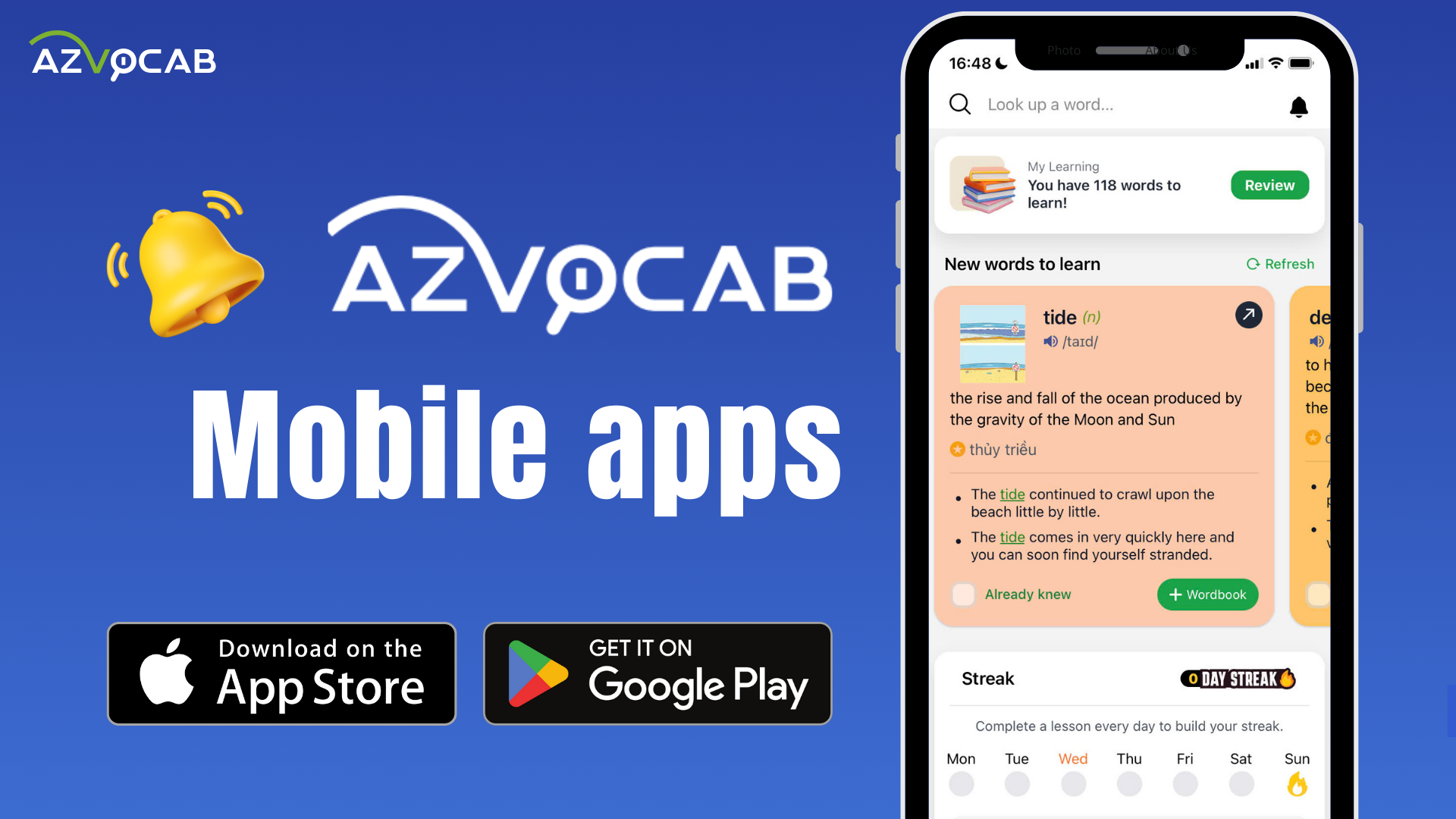Applying the Spaced Repetition Technique to Vocabulary Learning with azVocab

With the advancement of information technology, the integration of learning methods with technology applications and websites is becoming increasingly popular and widely adopted. Combining learning with technology helps learners reduce study time while still achieving maximum effectiveness. azVocab incorporates scientific research on brain functions, linguistics, and the spaced repetition technique in question design and vocabulary learning processes, ensuring an increase in learning efficiency by over 10 times. So, how does azVocab apply the spaced repetition technique, and how does it enhance your vocabulary learning process? Let’s explore with azVocab in this article.
What is the Spaced Repetition Technique, and How Does It Work?
This concept was introduced by German psychologist Hermann Ebbinghaus in 1885. Initially conducting research on the brain’s memory retention capabilities, he created a graph known as the Forgetting Curve.

Description of Ebbinghaus’s Forgetting Curve
Ebbinghaus also observed that forgetting information in the brain follows an exponential decay. In other words, when we first encounter information, our ability to remember it at that moment is 100%. However, this ability decreases rapidly within the first few days, dropping to only 40%. If we do not review this information, we will quickly forget it. The brain tends to retain information that is meaningful, organized, presented in a logical and clear sequence, and systematic.
Subsequently, Ebbinghaus discovered a highly effective method to mitigate this Forgetting Curve, known as the Spaced Repetition technique (also called spaced learning or distributive practice).

Description of Ebbinghaus’s Spaced Repetition Technique
While our brains can rapidly forget information shortly after the first encounter, we can reinforce our memory of this information by having a review session immediately after the initial learning session. This review session should take place when the information has been significantly forgotten but not entirely. Continuously studying and reviewing at the right intervals can help counteract the Forgetting Curve and enhance the ability to transfer information into long-term memory. Although we will still forget after each review session, the rate of forgetting will be slower. The intervals between review sessions also grow longer over time. For example, for a specific piece of information, we might review it after 1-2 days, but subsequent review sessions could be spaced out to 1-2 weeks or even 1-2 months later. Timing the review sessions correctly has a significant impact on the brain’s ability to retain information in the long term.
How is the Spaced Repetition Technique Applied in Vocabulary Learning?
The spaced repetition technique has a significant impact on memory reinforcement and is applied in various fields. So, how is it applied in vocabulary learning?
Learners will study a certain number of words on the first day (the recommended number is between 5-10 words), and then the frequency of reviewing these words will gradually spread out over time. Immediately after the first learning session, you will review those words within a few hours, then in the following days, and subsequently in weeks or even months. However, the question here is, what is the appropriate frequency of repetition? While there is no exact answer to this question, vocabulary learning software typically employs algorithms to calculate the most optimal repetition frequency.
azVocab has extensively researched and applied this theory to design study sessions and calculate review times for words. This helps users learn and retain vocabulary in the long term without spending too much time and without cramming a large number of words at once.
How Does azVocab Apply the Spaced Repetition Technique?
As mentioned above, the spaced repetition technique is only truly effective when we know the right time to review information. azVocab incorporates this algorithm into the vocabulary list creation process and session design to ensure that review sessions occur at “the right time in the right place.” For example, with words you learned in the first learning session, you will review them after 4 hours in the next session. However, for words you’ve learned in previous sessions, the frequency may be calculated in days, weeks, or months.

The result of a Learning Session on azVocab
However, the pace of vocabulary learning and each person’s ability to retain information varies. Additionally, each individual has their own preferences regarding how long they want to remember the vocabulary, so azVocab provides a feature that allows users to adjust the review timing to suit their personal needs. At the end of each learning session on azVocab, users can choose the timing for reviewing each word they learned in that session to match their schedule and abilities. Nevertheless, azVocab still encourages users to follow the carefully calculated timing determined by azVocab’s algorithm for the most effective learning outcome.

Adjusting Learning Sessions on azVocab
The timing of vocabulary review sessions on azVocab also depends on various factors such as the difficulty of the vocabulary, the frequency of the vocabulary, and more. Therefore, azVocab continually improves and develops our algorithms to optimize the learning process for users. In addition to the spaced repetition technique, azVocab also incorporates various language learning methods and theories. You can learn more about these principles in the following article: Principles of Pedagogy in Vocabulary Learning and Its Application in azVocab.
Aside from using supportive tools, the most important aspect is maintaining your motivation to learn and building your own vocabulary learning habits. Thus, establish a daily vocabulary learning habit with azVocab to enhance your vocabulary retention. Just 30 minutes a day, and you will notice a significant improvement in your memory abilities!





